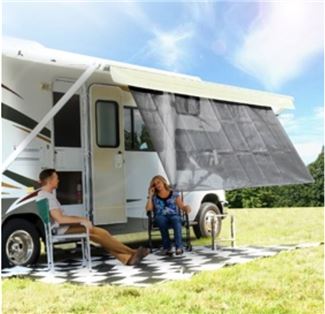
Photo provided by REDARC
SOLAR SET-UPS FOR BEGINNERS
Why Choose Solar?

Solar vs Generators

Will My Vehicle Run Solar?

Types of Solar Panels:
Fixed Panels
Portable Panels
Solar Blankets

Why You Need a Solar Regulator

Converting Solar Power to Battery Power

Departments
Towing
- Trailer Hitch
- Fifth Wheel
- Gooseneck
- Towing a Vehicle
- Front Hitch
- RV Hitch
- ATV Hitch
- HD Truck Hitch
- Vehicle Wiring
- Brake Controller
- Ball Mounts
- Weight Distribution
Sports and Recreation
Trailer Parts
- Utility Trailer
- Boat Trailer
- Landscape Trailer
- Enclosed Trailer
- 5th/Camper Trailer
- Car Hauler
- Horse Trailer
Vehicle
Contact & Help

What our customers are saying:
"The sales associate I spoke with was very, very helpful. I know very little about cars/trucks and, in my opinion, he went above and beyond to help me determine what I needed to buy! Thank-you so much for your help and especially for your speedy shipment! : I will definitely buy from this company again."
Courtney
Freehold, NJ







